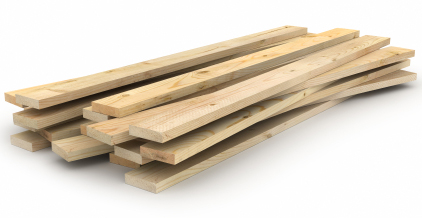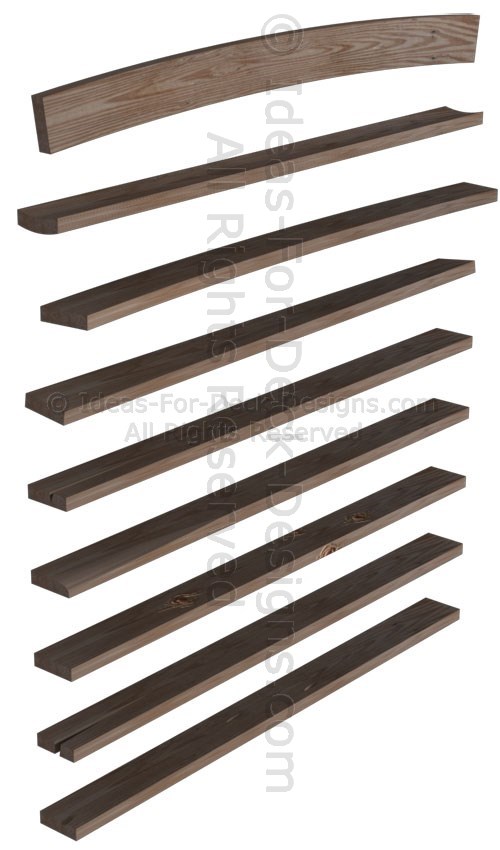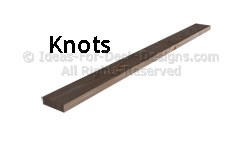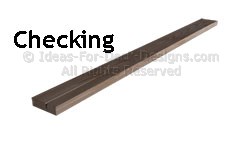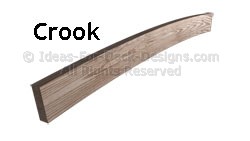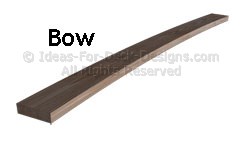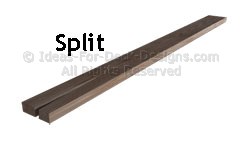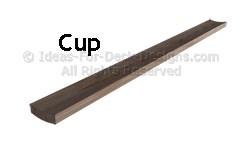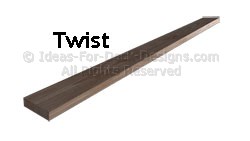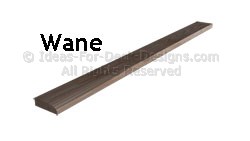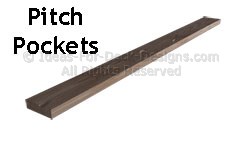Lumber Grading And Board Defects
Lumber grading can be strict in order to give consumers reliable ratings.
What a mess that would be. Knots, checks, warping, bows, cupping and on and on it goes. Plus some nice clear knot free boards in that pile as well.
That would be a huge time waster and no help to anybody.
Grading lumber covers things such as size, number and spacing of knots, milling defects and any special curing techniques.
Uses For Each Lumber Grade
There are three grades, No. 1, No. 2 and No. 3.
The lower the number the higher quality the grade of lumber.
There can be varieties within each grade such as No.1 Select Tight Knot, Standard Tight Knot or Clear.
No.1 grade
Lumber is usually from older growth trees so the grain is tighter and contains more heartwood so they look better, are more expensive and resist rot the best.
This kind of lumber is great for areas that are visible and exposed to the weather.
No.2 grade
Allows for more knots but is still good for weather resistance as it does not usually contain much if any sapwood. It's also less expensive so is probably your best value. And most building codes call for No.2 or better material.
No.3 grade
Allows for more knots but also tends to be less structurally sound so it is not a good choice for structural framing and its aesthetics makes it unsuitable for visible decking or railing.
This grade of lumber is used sometimes for non-structural uses that don't have to look great.
Common Defects of Deck Boards Or Joists
Knots
This is the most common grading issue with boards - the number and size of knots. Lets are more desirable but much more rare and therefore more expensive. |
CUP
This is a bend across the width of board and comes to mind when you see
deck boards that "cup" or hold rain water. |
TWIST
Imagine taking a board and turning each end in opposite directions like
a screw. The result is a twist in the board. |
WANE
This refers to an edge or shoulder along the length of a board that is missing or comprised of bark or sapwood. |
Some Other Great Reading...
This is not an exhaustive list of how lumber grading is done but it should give you a good idea of what most of these terms mean the next time you are roaming the aisles of you lumber store.
But just in case there is something else you are looking for, there's more.
Home > Deck Materials > Lumber Grading





















